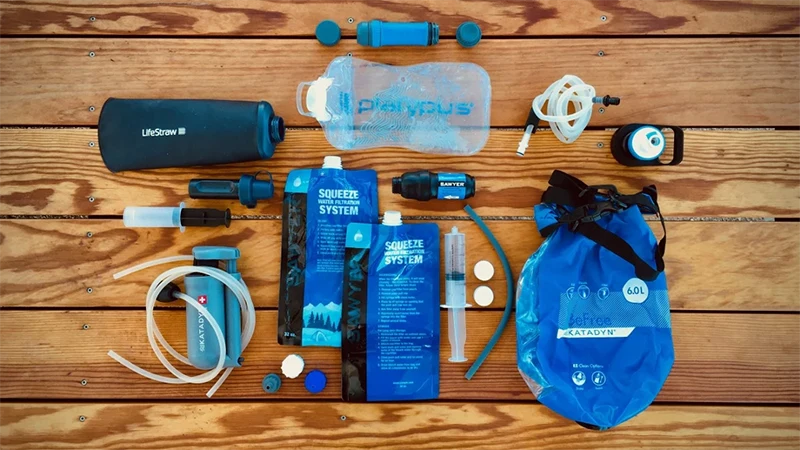

THE GREAT OUTDOORS: Outdoor safety 101: Watch out for those ticks
If you spend time outdoors and are not concerned about fever, chills, headache, fatigue, muscle and joint aches, and swollen lymph nodes, you need not read this. However, you are very foolish not to take note of a growing problem in the great outdoors.
The problem is Lyme disease and the consequences it can have for outdoor-minded folks. The disease is caused by a tick bite and it has become more common in recent years. I have written about this before but I see a lot of folks out enjoying nature or working outdoors who still aren’t getting the message.
Lyme disease is caused by a bacteria that is often carried by ticks. When a tick latches on to a human or other animal it transfers the bacteria to that host. The bite does not hurt and is not really noticed. The tick is more often noticed by its “tickling” as it crawls on your skin. It’s a very small invertebrate (think small insect), less than 1/4-inch for an adult and less than half that for the nymph stage — and thus difficult to spot. Ticks pick up the bacteria from feeding on mice that carry it and then transfer it to you when they bite. Deer are often hosts of the tick and as they travel around the ticks get knocked off or drop off, and later attach themselves to another mammal.
These ticks can be active even after a hard frost and are often the first to become active in early spring, searching for a host.
From the Squad
Campfire conversations with our community, from Squad Members and Ambassadors to Brand Partners and the Sawyer team.

















